OPPO disbands the 3500 person chip team, Snowback 3nm mobile phone SoC, foreign media: Finally regains one game
Recently, multiple media reports have reported that OPPO has disbanded its chip team. It is reported that this team is called ZEKU (Zheku), with up to 3500 employees
Recently, multiple media reports have reported that OPPO has disbanded its chip team. It is reported that this team is called ZEKU (Zheku), with up to 3500 employees. Its business includes mobile phone SoC, 5G, RF, ISP, communication, power chip, etc.

This incident was once interpreted as a significant impact on the Chinese chip industryWatershedIt marks the beginning of a decline in Chinese chips and a comeback for the US in the chip industry.
In 2019, OPPO announced a three-year investment of 50 billion yuan in core manufacturing and created a team of 3500 people. They successively released the Mariana series of 6nm imaging NPUs, Bluetooth audio SoCs, and even recruited Sun Chengkun, the AI leader of Bi Ren Technology, earlier this month.
In addition, according to OPPO internal employees,The company has developed a 3nm mobile SoC, which will soon be ready for streaming.
Just when everyone thought that OPPO's chip making was going smoothly, OPPO suddenly announced the dissolution of the chip team, which was truly a thunderbolt for domestic chips.
For this reason, foreign media directly calls:The chip sanctions have had an effect and finally won a game
So here comes the question...,What are the future prospects for domestic chips? Can Chinese mobile SoC make a comeback?
What is the impact of OPPO exiting chip research and development?
Since OPPO disbanded its chip team, it has been widely searched and its external influence has gradually expanded. Many netizens have started to bearish domestic chips and are concerned about the prospects of Chinese chips.
In fact, bearish views on Chinese chips are nothing more than the following:
1. Core making is difficult
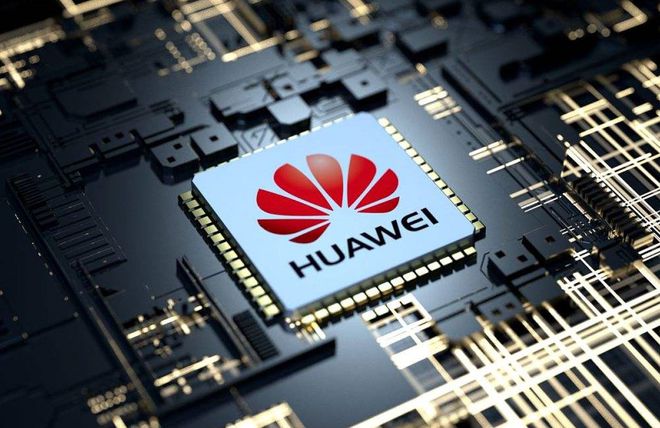
Self developed chips are a time-consuming, labor-intensive, and costly project. Don't assume that investing billions in them is just a beginner's level.
Samsung is strong enough! It has three Fortune Global 500 companies, Samsung Electronics, Samsung Life Insurance, and Samsung C&T, and its Exynos (Orion) was once adopted by Apple, but ultimately withdrew from the mobile SoC field.
Huawei is strong enough! In the top 50 of the Fortune Global 500 and a global leader in 5G, smartphones once surpassed Apple, and Kirin SoC once surpassed Qualcomm Snapdragon. However, due to the loss of OEM, there was no core available.
Nowadays, when OPPO's chip business was just beginning to take off, it chose to lose tens of billions of dollars in vain. Why? Because further research and development will result in even greater losses.
For a company, developing chips is not just about having money. Poor performance, lack of OEM factories, economic downturn, the birth of new technologies, and any other issues can lead to "chip making failure".
2. Making money is more difficult
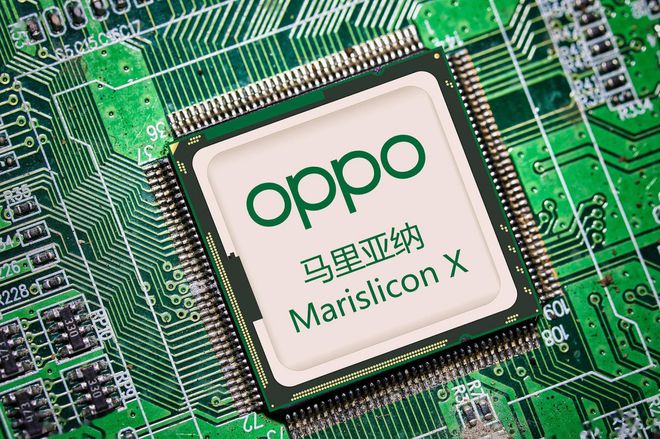
Many people believe that as a high-tech industry, chips are bound to be very profitable, but in fact, this is not the case.
TSMC, Qualcomm, and Apple rely on chips to make a living, which does not mean that other chip companies are doing well.
For example, due to the decline in chip prices, Samsung Semiconductor's profits have experienced the largest decline in 10 years; SK Hynix has lowered its capital expenditure by 80%; Meiguang's capital expenditure in 2023 was $7 billion, a year-on-year decrease of 40%.
In 2022, there were as many as 5746 chip companies cancelled or revoked in China, an increase of 68% compared to 2021.
Many times, top companies feel a lot of pressure, and it is even more difficult for small and medium-sized chip companies to rely on chips to make money.
3. Being suppressed if you raise your head
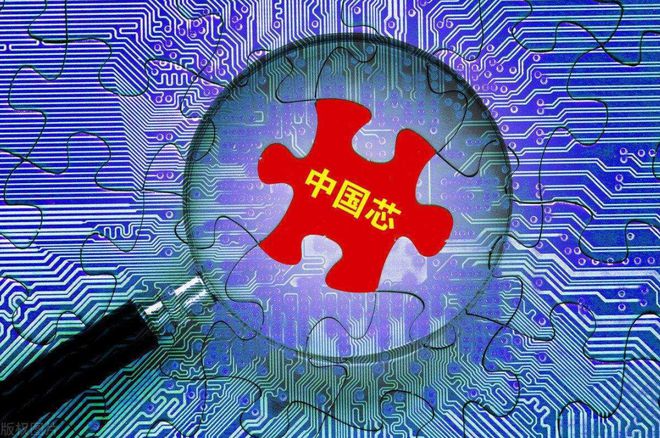
The strongest player in the chip industry is the United States, which has too much say in equipment, manufacturing, and materials. According to relevant data, the United States, Japan and the Netherlands jointly control 91.6% of semiconductor equipment, of which the United States accounts for 41.7%, Japan for 31.1% and the Netherlands for 18.8%.
The two giants in the manufacturing sector, TSMC and Samsung, coincidentally used American technology, and behind them, major shareholders frequently appeared American capital, becoming "TSMC" and "Samsung".
In terms of materials, they are mainly monopolized by Japan, with 14 out of 19 essential materials occupying a 50% share by Japanese companies. EUV photoresist is even more unique. You should know that Japan is the only country that follows the lead of the United States.
In this situation, the manufacturing process of domestically produced chips is "stuck", with Huawei being the best example of being able to design a mobile phone SoC that is comparable to Qualcomm Snapdragon, but cannot find a substitute factory and can only "PPT".
So OPPO also has this hidden danger. As long as its performance is strong and poses a threat, it will lose its OEM qualification, and the initial investment of tens of billions will be wasted.
There are many such examples, which will inevitably affect the enthusiasm of domestic chip companies.

So what is the greater reason for OPPO's sudden and unforeseeable termination of chip development this time?I think it's the third one!
Although the first two reasons are also important, due to financial and profit reasons, OPPO will show signs in daily operations, such as reducing investment, layoffs, salary cuts, etc.
But in reality, before the team was disbanded, without warning, most employees were working normally, and even some employees were working overtime.
Looking at OPPO's compensation, both old employees and new employees who have not joined can receive "N+3" compensation, which shows OPPO's sincerity and indirectly reflects that the company did not dissolve the team due to lack of money, but encountered special reasons.
So what is this special reason? OPPO didn't say, but I guess it's the third reason!
OPPO's termination of chip research and development has also sounded an alarm for many enterprises,Chips are a huge industry, and only by connecting the entire industry chain and filling the gaps can domestic chips truly succeed.
Open up the manufacturing process
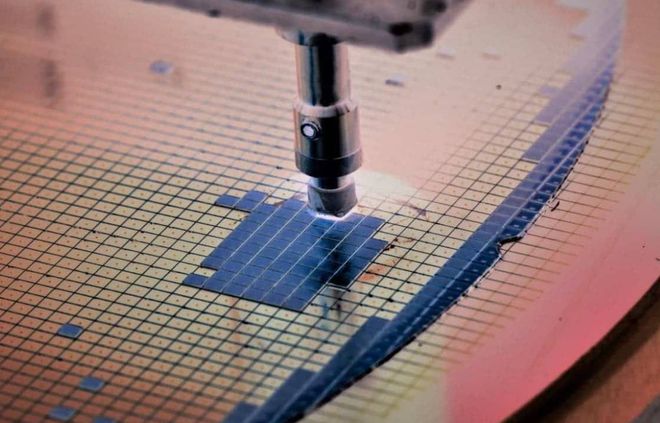
Chips involve a wide range of aspects, including design, manufacturing, packaging, testing, EDA, equipment, materials, and so onThe most crucial aspect is still the manufacturing process, which is also a weakness of domestic chips.
For example, the manufacturing process of TSMC and Samsung is 3nm, while the manufacturing process of SMIC in mainland China is 14nm, a difference of 3 generations;
The most advanced lithography machine is ASML's EUV lithography machine, which can mass produce 3nm chips. The lithography machine produced by Shanghai Microelectronics in mainland China is only 90nm, which can mass produce 65nm chips.
EUV photoresist is controlled by Japan's JSR, TOK, and Shinyue Chemical, while mainland company Nanda Optoelectronics can only produce ArF grade photoresist.
That is to say, if China wants to mass produce 7nm chips in the future, it must break throughManufacturing, EUV lithography machine, EUV photoresistThese three key technologies, otherwise chips below 7nm would be PPT.
With years of research and development, and trillions of dollars invested,Domestic high-end chips have finally ushered in the dawn.
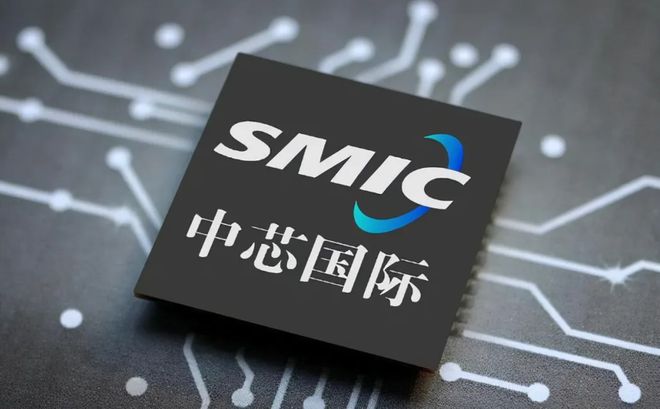
In the manufacturing process, SMIC International has completed the research and development of the 7nm process, and 5nm and 3nm have also been put on the agenda. CEO Liang Mengsong stated that as long as there is an EUV lithography machine, the company can conduct a 7nm risk trial production.
In the EUV lithography process, Changchun Institute of Optics and Mechanics has overcome the problem of light sources, and the reflector system is also close to the level of EUV. The gap between the dual worktable developed by Tsinghua University and Huazhuo Jingke and ASML has been reduced to 3nm.
In the EUV photoresist process, Shanghai Xinyang and Nanda Optoelectronics have already launched research and development. The specific research and development layout includes the basic theory, formation mechanism, performance observation, preparation methods, etc. of EUV photoresist.
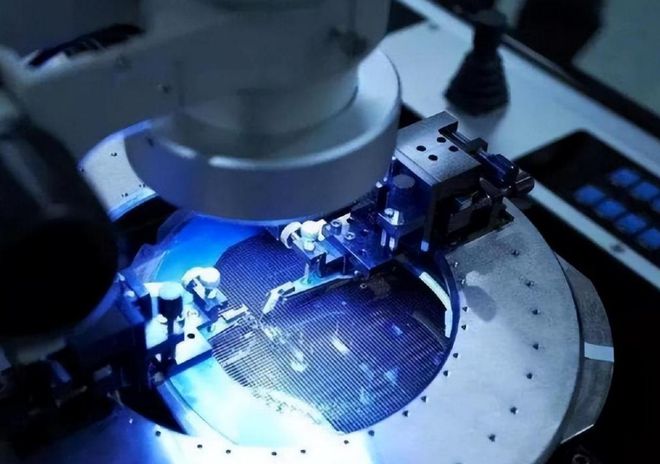
From this perspective, the development of domestic EUV technology has greatly exceeded expectations,It is expected that the EUV prototype will be developed in the next 3-5 yearsThis is definitely a congratulatory thing.
However, we also need to be wary of competitors jumping over the wall, as EUV lithography machines involve 100000 components, over 4000 precision bearings, and 3000 cables. Any problem in any link may cause the equipment to malfunction.
Only by mastering 100% of the core technology and patents can we completely rest assured and officially realize the 7nm process. Before this, we can only keep a low profile and solidly engage in research and development.
When will domestically produced mobile phones return to SoC
On October 22, 2020, Huawei released the Kirin 9000 SoC at the global online press conference of the Mate40 series, but unexpectedly became the swan song of domestic SoC.
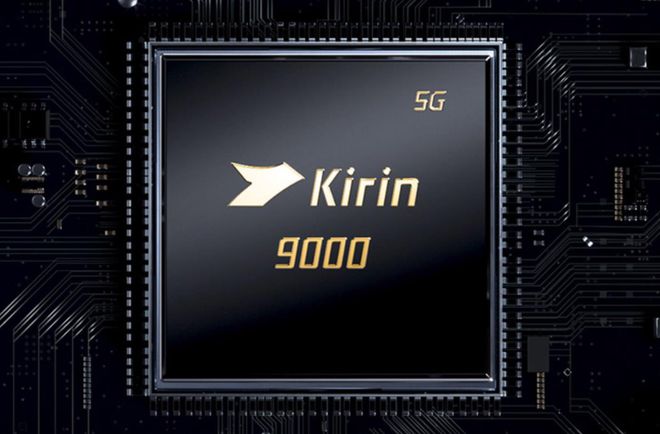
Many netizens may not be familiar with SoC. Here is a brief introduction to popular science:
SoC is the abbreviation for System on Chip in English, which translates to system level chip in Chinese. It integrates CPU, GPU, NPU, baseband chip, storage chip, communication and power chip, etc. If CPU is the brain, then SoC is a system that includes the brain, heart, eyes, and hands.
SoC is widely used in smartphones, as it can save space and reduce power consumption to a greater extent. The space saved can accommodate other key components or increase battery capacity.

At present, the most advanced mobile phone SoC is Apple's A16 biomimetic, which adopts TSMC's 4nm process and has a CPU core of 3.46GHz.
With the current manufacturing process in mainland China, it is impossible to achieve the ability to mass produce A16 in a short period of time. To put it second, the worst thing is to reach the level of the Kirin 990!
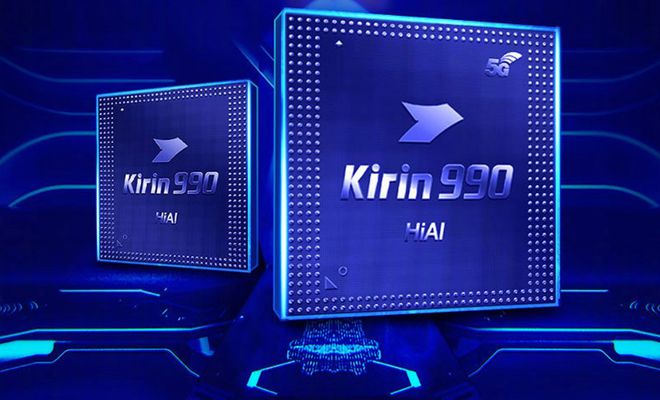
The Qilin 990 adopts TSMC's 7nm EUV process, integrating 10.3 billion transistors, with a CPU core of 2.86GHz, a single core run point of 760, and a multi-core run point of 2821.
The Kirin 990 is installed on the Huawei Mate30 series mobile phone and currently has no problems with daily use or playing large-scale mobile games. It can be said that if domestic SoC can reach the level of Kirin 990, I believe most netizens are still willing to support domestic SoC.
So when will SMIC be able to produce chips of this level?
We calculate based on the fastest speed, the EUV lithography machine prototype will be implemented in 3 years, familiar with 7nm technology for 1 year, and in addition, testing and lamination,It will take up to 5 years to manufacture a pure domestic SoC phone at the Kirin 990 level, and the quantity is limited.
It can be seen that the path towards high-end domestic chips is still long, but I firmly believe that as long as domestic research and development institutions, universities, and enterprises catch up, they will soon make up for the shortcomings in the manufacturing process.
Write to the end

The official announcement by OPPO to stop chip research and development, while Huawei's designed chips remain in PPT, is truly heartbreaking, and foreign media cheered excitedly to "bring back the game".
Presumably, seeing this scenario, the United States will increase its pressure in the future, and domestically produced chips will be even more difficult.
The approach of OPPO has served as a warning for domestic enterprises and also informed us that domestic chips have not yet been successful, and we still need to work hard.
In the battle for high-end chips, we should focus more on breakthroughs, joint efforts by multiple enterprises, universities, research institutions, and even the whole nation.
Only in this way can resources be used efficiently and good steel be used on the cutting edge. As an ordinary consumer, supporting domestic products means supporting domestic chips.
I am Technology Mingcheng, welcome to discuss together!
Tag: OPPO disbands the 3500 person chip team Snowback 3nm
Disclaimer: The content of this article is sourced from the internet. The copyright of the text, images, and other materials belongs to the original author. The platform reprints the materials for the purpose of conveying more information. The content of the article is for reference and learning only, and should not be used for commercial purposes. If it infringes on your legitimate rights and interests, please contact us promptly and we will handle it as soon as possible! We respect copyright and are committed to protecting it. Thank you for sharing.


